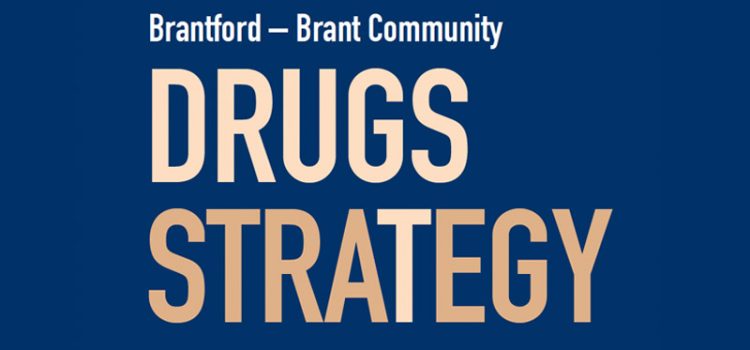Homelessness. Mental health. Substance abuse. Crime.
As I go door-to-door I get a lot of questions about these issues from people across the city.
They want to know what the city and other levels of governments are doing about them.
These are complicated and tightly intertwined problems. There is no one-size-fits-all solution. You have to use multiple strategies and programs to, first, help those who need help, and second, ensure everyone feels safe in Brantford.
I’m going to write about what the city and its partners are doing, though it’s going to take a couple of posts to cover it.
First, let’s look at a big piece of the puzzle: drug abuse.
The opioid crisis plagues our entire country. We’ve seen far too many deaths and overdoses. It’s driving a crime spree that has brought gun violence to places where it never existed before.
I recognized the seriousness of the issue when I first ran in 2018. There was a Brantford-Brant Community Drug Strategy, but it wasn’t being fully implemented. One of my priorities was to reinvigorate it.
That’s what’s happening now. The Brant County Health Unit now has the staff and financial resources to lead the effort, working with several community organizations. Financial support comes from all three levels of government.
St. Leonard’s Community Services and Grand River Community Health Centre run the Brantford Downtown Outreach Team (BDOT). Team members get to know people living on the street and offer them help, whether it’s food, shelter, counselling or rehab.
They may not accept the offer the first time. But the team members develop a rapport with the people living on the street and keep making the offer. It might take 30 times before it clicks.
Brantford Police and St. Leonard’s run a Mobile Crisis Rapid Response team that pairs mental health specialists with police officers to respond to 911 calls.
St. Leonard’s has also set up a residential detox centre so individuals with substance abuse challenges can get help to kick their habit.
After rehab, the person will need a place to live. Sometimes that means moving into a transitional housing unit. The city runs one on Marlene Avenue, and St. Leonard’s is setting up a transitional housing program financed by the province. In addition to shelter, they get counselling and support to learn how to turn their lives around. After a time, they can leave the transitional housing unit and move into their own place.
The Grand River Community Health Centre is setting up a safer supply program with federal government financing. In this program, the person is given an opioid prescription, so they don’t have to commit crimes to pay for their next fix. It also keeps them away from street drugs laced with deadly chemicals. The goals are to reduce crime and keep the individuals alive until they can get into a rehab program to escape from drugs.
Prevention is important, too. Many individuals with substance abuse challenges start using as teenagers. Perhaps it’s to ease the pain of some trauma or deal with a mental health issue such as anxiety or depression. They turn to drugs to self-medicate and before long it becomes an ingrained habit.
To reach out to young people we’ve put our recreational programs under the wing of the social services department and moved the programs out into the community centres. A lot of our programming is now targeted at helping teens become more adaptable, stronger and more resilient so they don’t feel tempted to use drugs. Other countries have been doing this for years and find that it is money well spent.
Is all this working? The health unit gathers data on the number of overdoses and deaths. Some of these programs are relatively new so it may be too early to know for sure.
But we do know we have to continue to do everything we can to help these people, for their sake and ours.
In my next blog I’ll write about homelessness, mental health and public safety.
For more information on the community drug strategy go to: https://www.brantford.ca/en/living-here/brantford-brant-community-drugs-strategy.aspx
